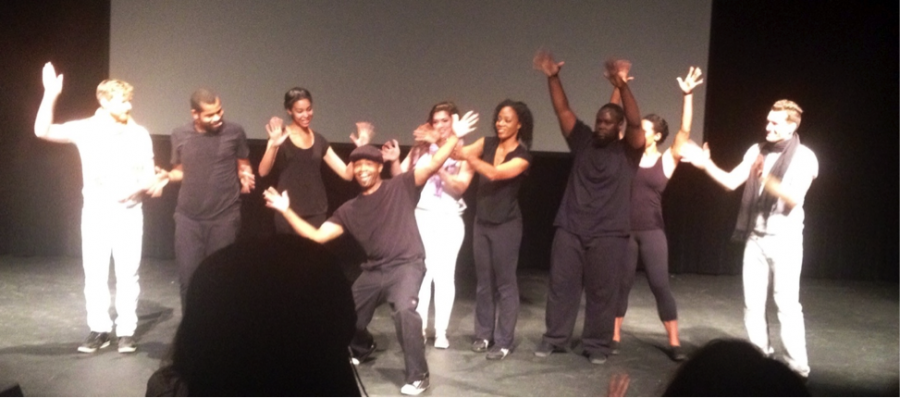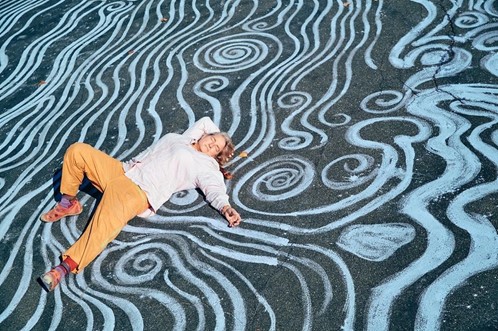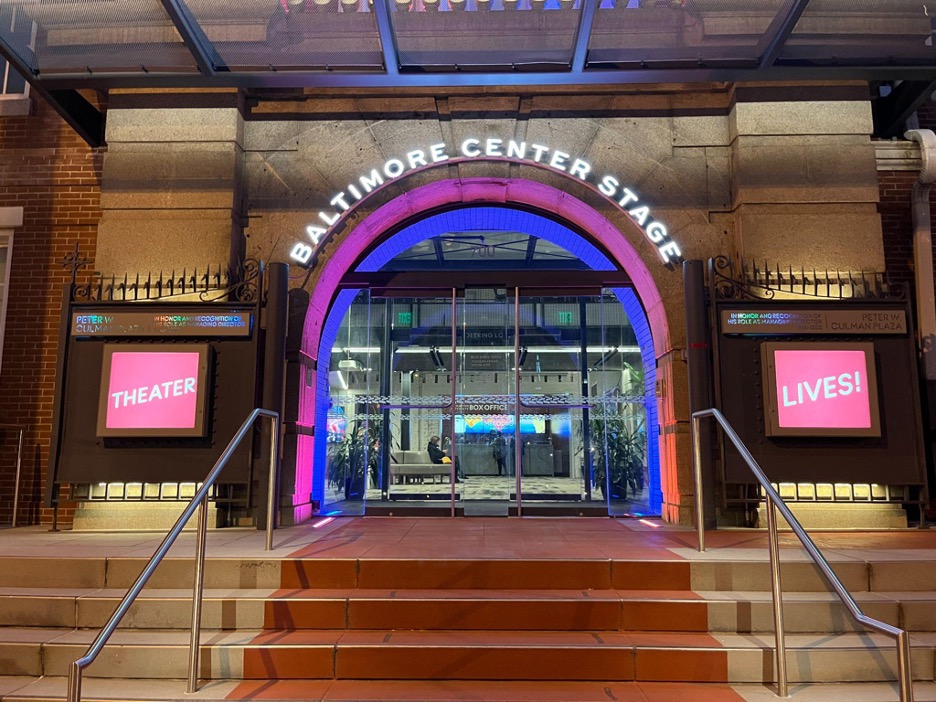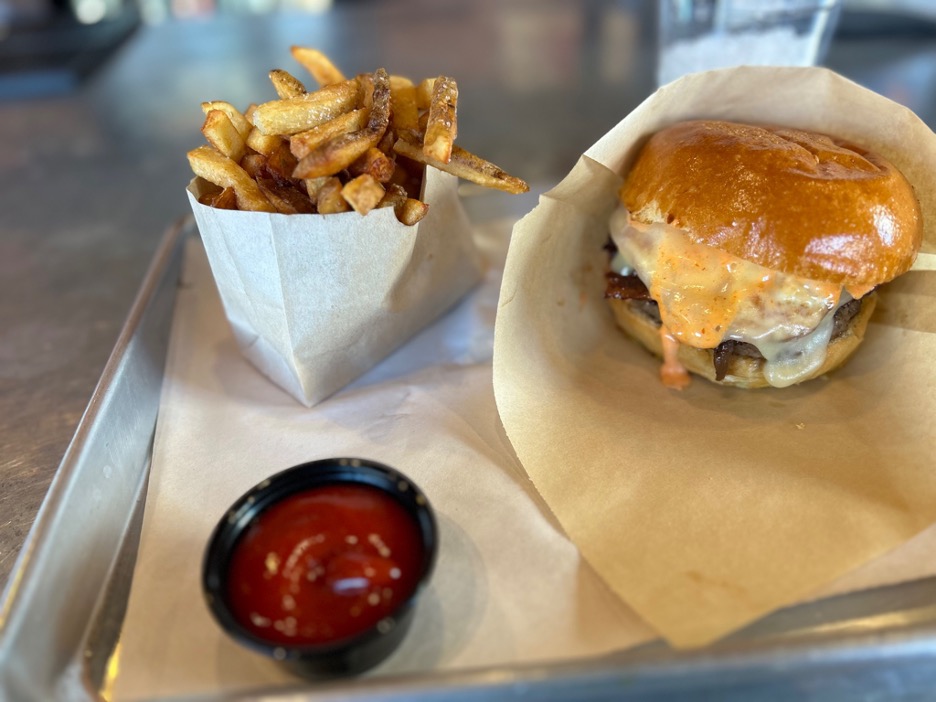On Sunday, September 13 at 6 p.m. in McManus Theatre, the Loyola Peace and Justice Student Initiative sponsored the event “Dancing White: Race, America, and the Black Body’s Role in Political and Liberative Discourse,” presented by Guardian Dance, a dance company that hopes to help put an end to inequality through the creative work of dance.
The presentation began with a 45-minute address by Breai Mason-Campbell, artistic director and founder of Guardian Dance. Following the address was a six-act production that chronicled black oppression in America, and gave a cultural history lesson, all through dance and educational video clips. By dancing and giving a lively account of the history of black culture and racial injustices, “Dancing White” brings current issues to the forefront. “Racism is more than just the N-Word,” explained Mason-Campbell.
Mason-Campbell quite literally set the stage for the production by discussing her own personal history as an African American ballerina, and how she resisted pressure to change her body. From this subject Mason-Campbell delved into what she called the “Conundrums of Culture,” meaning the hypocrisies and injustices of American society regarding blacks and black culture. “The black body has long been the subject of violence,” she said. “Legislation can’t give away white skin; we need to figure out how to protect the bodies we’re in.” Mason-Campbell emphasized three differences that she believes the American society fails to recognize: person vs. persona, culture vs. commodity and life vs. lifestyle.
The performance that followed Mason-Campbell’s lecture was equally enlightening. The audience watched as African American history unfolded chronologically from the beginning of the slave trade, to 20th-century Harlem and jazz culture, to modern day hip-hop and rap and covering much in between. The audience learned the background of the “Lindy Hop” and many other dance moves, and listened to significant songs in black history such as Sam Cooke’s “A Change Is Gonna Come.” With many aspects of black culture interwoven together through music, dance, and actual footage, the production served as an informative and entertaining history lesson.
While the production was very educational, it was correspondingly emotional. Sensitive topics were approached head first and without hesitation. Performer Sarah Sullivan, who has been with Guardian Dance for four years, says of the complexity, “Diving into things that make you super uncomfortable is very important.” She was drawn to the cause with the hopes to “bridge a gap,” saying “It just makes sense, dancing and spreading racial equality.” Another performer, Hannah Lane of Baltimore, said, “One of my favorite things about this show is showing people that even through hardships, the African American community found comfort in great music and dancing.” Lane went on to say she loves sharing the “strength, beauty, and fun in a wicked cool culture.” Besides performing, Guardian Dance also teaches the roots of different dances to elementary kids in Baltimore schools.
The performance generated the desired response as thunderous applause and a standing ovation conveyed the audience’s esteem and awe. Amanda Wagner ’19 attended the production hoping to form an educated stance on racial inequalities, and the performance left quite an impression on her. “The performance was really effective. When I go to things like this I get so inspired, I don’t even know what to do afterwards,” said Wagner. Despite being overwhelmed, Wagner knew what she would take with her, “Always speak up. Point out the context and history in things. Be the difference. Be the voice.”
















































































































